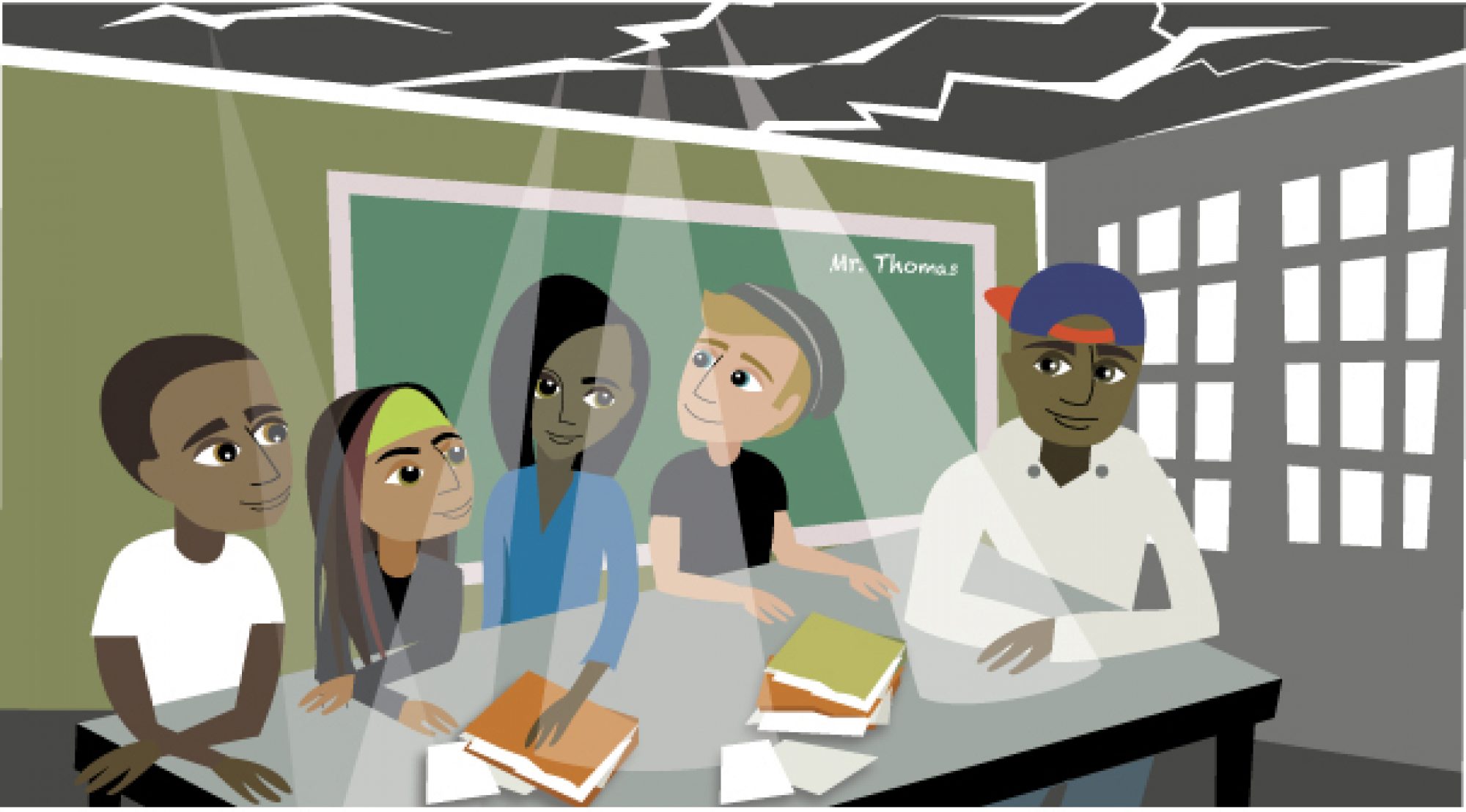 Is there a comprehensive understanding of the Multi-Tiered System of Supports, (MTSS), in your alternative education program? Simply asking that question may be more common than you’d imagine, but it’s hardly going to give you a truly valid answer. Unfortunately, digging deeper for the truth is frequently trumped by a strong desire to avoid discomfort. To find out if an alternative ed program is effectively using the MTSS framework, you have to endure a high-stress process in an already high-stress environment. It may not be fun in the short-term, but all of us should be playing our best long-game.
Is there a comprehensive understanding of the Multi-Tiered System of Supports, (MTSS), in your alternative education program? Simply asking that question may be more common than you’d imagine, but it’s hardly going to give you a truly valid answer. Unfortunately, digging deeper for the truth is frequently trumped by a strong desire to avoid discomfort. To find out if an alternative ed program is effectively using the MTSS framework, you have to endure a high-stress process in an already high-stress environment. It may not be fun in the short-term, but all of us should be playing our best long-game.
Get serious about evaluating staff understanding of MTSS
“If you want to find out if your Marines understand something, ask probing questions in private, then compare answers.” – Old Marine leadership trick
In the case of MTSS process knowledge, I highly recommend informally polling teachers during one-on-one conversations and then looking for the presence of patters. Those patterns may reveal diverse – and incorrect – responses. It’s important that these interviews be anonymous. Our colleagues are already weary of data being used against all of us for all the wrong reasons. There’s a time to individualize remediation of MTSS knowledge, but when that time comes, it’s critical that a teacher is intrinsically motivated to learn how the process works.
A comprehensive approach is key
Is your school/program’s MTSS an event or an integral part of each and every component of your operation? Use these questions to find out whether or not you have a monthly committee meeting or a real process.
- Do the referring schools provide MTSS data for students assigned to your alternative education program?
- Does your onboarding/orientation of new students result in the identification of both behavioral and academic supports for the individual student?
- Does your master schedule include dedicated counseling resources, e.g. support groups with assigned staff?
- Do individual teachers know how to document observations and other data relevant to the MTSS process?
- Do weekly Professional Learning Communities, (PLCs), produce actionable data about a student’s behavioral or academic support needs?
- Are supports assigned and coordinated by the MTSS Committee, (as opposed to individuals acting with good intentions, but without group consensus)?
- Are all forms for recording and tracking data standardized?
- Is your MTSS Committee staffed with special-education, administrators, counselors, social workers, and behavioral specialists?
- Does the MTSS Committee meet at least weekly to act upon referrals?
- Is there a scheduling mechanism in place for providing supports for students identified as needing Tier 2 supports?
- When your students return to their boundary schools or a new location, is there a mutually agreed upon and coordinated transition?
Of course, this list of questions is hardly all-inclusive, but there are two essential questions that still need to be answered to determine if your program has a high-speed MTSS operation.
- Are students routinely provided with supporting activities as a direct result of your MTSS Committee’s recommendation?
- Is there a written plan in place detailing the corrective action taken if any of the previous questions can’t be answered with a truthful yes?
What to do with all that bad news
If your inquiries were honest, you’re probably looking at a disturbingly high number of NOs. However, don’t despair. Many schools never go through the discomforting process necessary to produce a valid picture of where you are with your MTSS process.
Start from the beginning.
- Identify and gather all of the stakeholders.
- Conduct a more formal assessment of knowledge about the MTSS process.
- Train to instill in all parties a common understanding of the academic and behavioral components of MTSS.
- Use reverse planning techniques to rework problem areas.
- Fix problems, not blame.
One final word. The Multi-Tiered System of Supports, when done well, is an iterative process. Each school or program should have built-in to that process a cycle of self-evaluation. Many a program goes sour when too many people become sure that a lack of complaints equates to a trouble-free process. Truth is, hear no evil, see no evil, say no evil probably means you’ve gotten good at the very human habit of avoidance.

